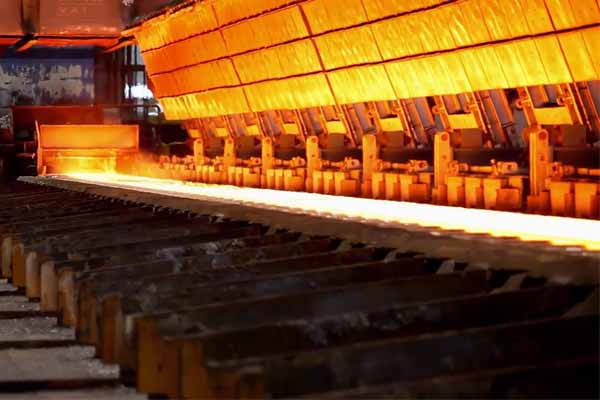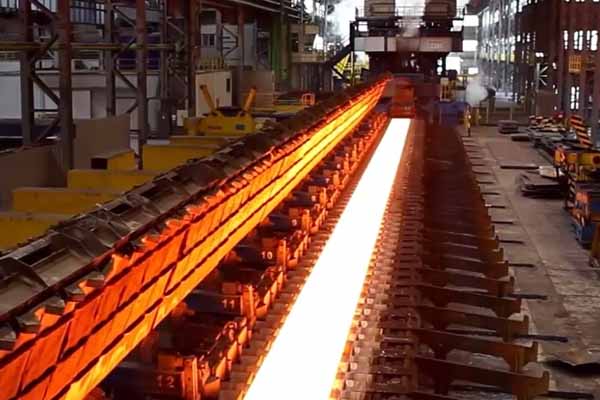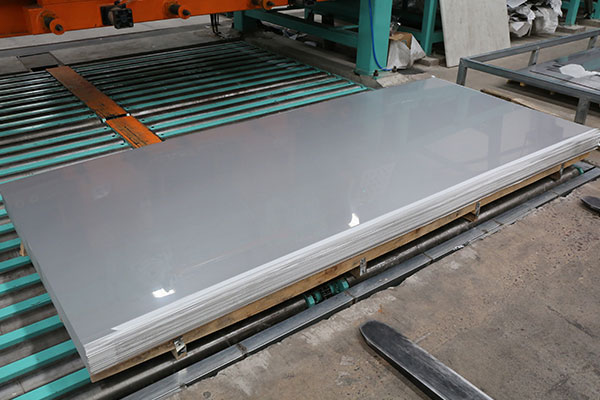Hot rolling and cold rolling of stainless steel strips refer to the processing techniques that alter the shape and thickness of the steel through rolling at different temperature ranges. Hot rolling is performed above the recrystallization temperature of stainless steel, while cold rolling takes place below this temperature. These two processes differ significantly in terms of processing methods, product characteristics, and application scopes.
1. Hot-Rolled Stainless Steel Strips
Process:
Hot rolling involves heating stainless steel above its recrystallization temperature, followed by rolling through roughing and finishing mill stands to produce strip products.
Surface Characteristics:
The surface of hot-rolled strips typically contains scale, pits, and other defects. Even after pickling, it may appear dull or dark purple.
Thickness Range:
Hot-rolled stainless steel strips usually range in thickness from 0.1 mm to 2 mm.
Performance Features:
Hot-rolled products generally have lower dimensional accuracy and surface quality, but they offer cost advantages. They are suitable for structural applications where high precision is not critical.
2. Cold-Rolled Stainless Steel Strips
Process:
Cold rolling is carried out at room temperature (i.e., below the recrystallization temperature) using roughing and finishing mills. Typically, it uses pickled hot-rolled coils as raw material for further processing.
Surface Characteristics:
Cold-rolled products have a high degree of surface smoothness and gloss. Mirror-like finishes can be achieved depending on the requirements, making them suitable for decorative and functional purposes.
Thickness Range:
Cold-rolled stainless steel strips can be rolled to very thin gauges, with the thinnest reaching 0.001 mm, making them ideal for precision industries.
Performance Features:
Cold-rolled strips offer high dimensional accuracy, with thickness tolerances typically within 0.01 mm to 0.03 mm. They also provide excellent surface quality and can be customized for different mechanical properties through annealing or work hardening processes.
3. Key Differences Between Hot Rolling and Cold Rolling
|
Category
|
Hot-Rolled Stainless Steel Strip
|
Cold-Rolled Stainless Steel Strip
|
|
Processing Temperature
|
Above recrystallization temperature
|
Below recrystallization temperature
|
|
Surface Quality
|
Rougher surface, with oxide scale
|
Smooth and glossy, can be mirror-finished
|
|
Dimensional Accuracy
|
Relatively low precision
|
High precision with strict control
|
|
Mechanical Properties
|
Generally fixed
|
Adjustable based on processing
|
|
Cost
|
Lower production cost
|
Higher due to complex processing
|
In summary, both hot-rolled and cold-rolled stainless steel strips have their distinct advantages. Hot-rolled strips are more suitable for structural and medium-thickness applications where surface finish and precision are not critical. Cold-rolled strips, on the other hand, are ideal for industries such as electronics, medical devices, automotive, and high-end manufacturing where high performance and appearance are required. The choice between the two should be based on the specific application needs.
Contact us to get a quote and find the right solution for you!
 English
English Русский
Русский







